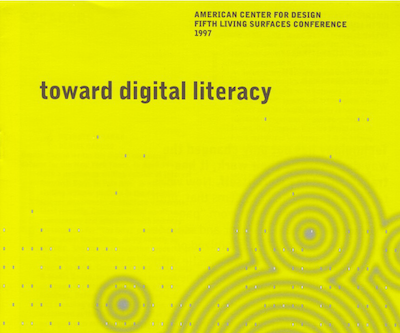Sasha Costanza-Chock
Using design for a more equitable future
Written by Erin Malone
Activist, media scholar, and design researcher Sasha Costanza-Chock is taking on the design status quo with her last book Design Justice: Community-Led Practices to Build the Worlds We Need. Published in 2020 by MIT Press, Costanza-Chock posits that the traditional design community —and that’s design with a big D — must do more to bring in the communities and populations that they claim to be designing for. This indictment of design, as well as technology and the hubris and arrogance of those who run tech firms and startups, comes from the expansion of systemic racism in algorithms, chronic killing by police of marginalized peoples, and growing hate and harassment of LGBTQ+ people on social platforms and in the media.
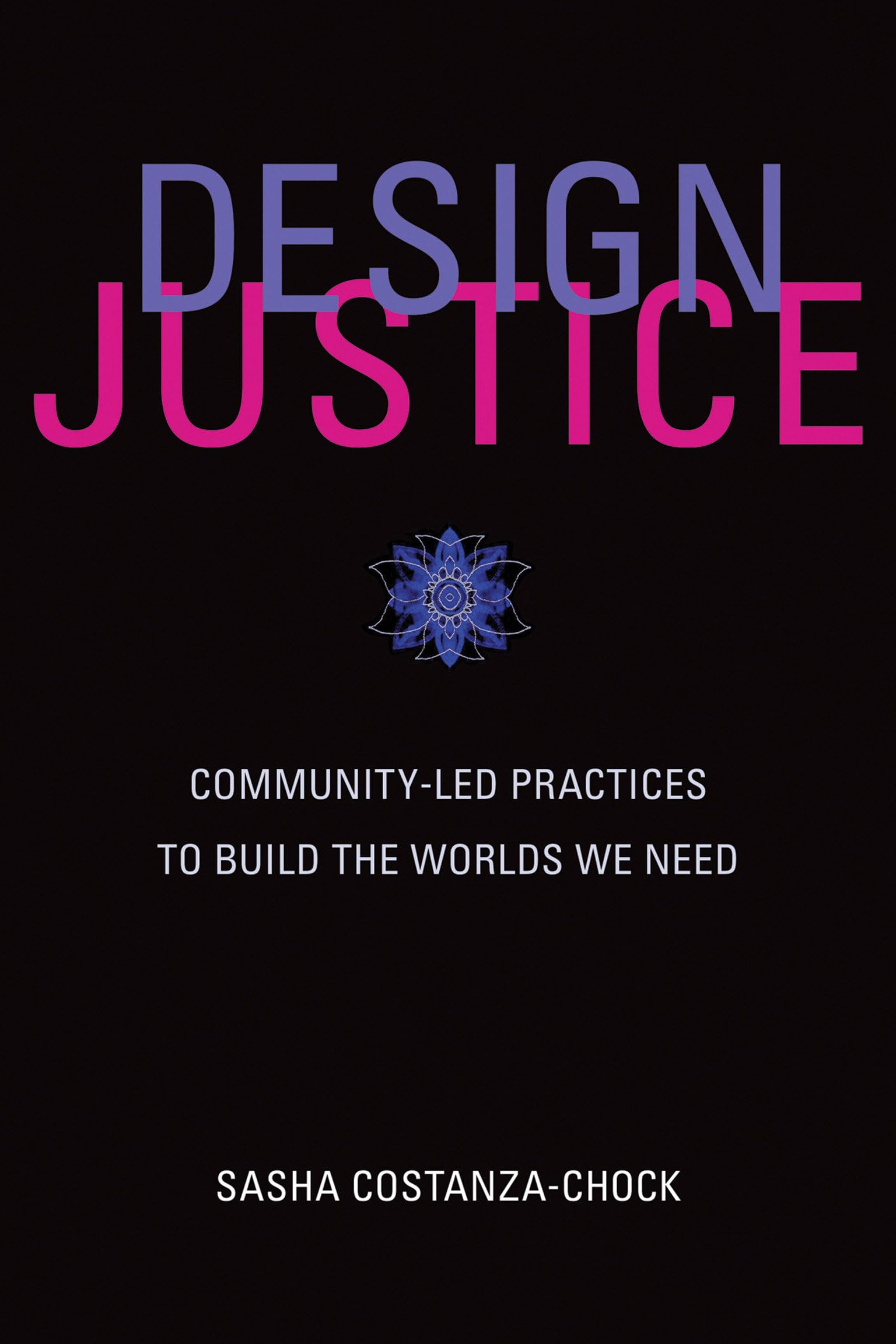
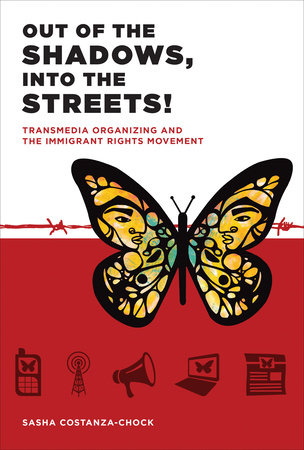
Book cover for Design Justice (left) published in 2020 and Out of the Shadows Into the Streets (right) published in 2014.
Costanza-Chock received her PhD from the Annenberg School for Communication at USC (2010), was a Knight Media Policy Fellow at the New America Foundation, and a 2010 Fellow at the Berkman Center for Internet and Society at Harvard University. Her current position has her serving as the Head of Research & Sensemaking at OneProject.org. She has also been the Research Advisor at the Algorithmic Justice League, an organization founded by Joy Buolamwini, whose doctoral dissertation was supervised by Costanza-Chock.
To fill her already full schedule she is also a Faculty Associate with Berkman-Klein Center for Internet and Society at Harvard University and is a member of the steering committee for the Design Justice Network, an organization that came out of a conference session in 2015 called “Generating Shared Principles for Design Justice” at the Allied Media Conference. The group is one of many organizations that emerged to address and combat inequalities in how the greater world is designed. Prior to her current positions, Costanza-Chock was on the faculty at MIT where she taught collaborative design for civic media and other courses looking at activism, social movements, and media. She is the author of two books as well as dozens of research reports, journal articles, and other publications.
Costanza-Chock’s interest in activism grew out of her early career building websites, coding, project managing open-source projects, and working with the Indymedia network, which was a network of hackers, activists, and social movement networks using the internet to spread news information.
“All of my work, my academic work, my scholarly production, has been deeply informed by my personal lived experience as a participant in these social movement networks as well as in these networks of cultural production and also by my experience as a trans person.”
[1]
Costanza-Chock, who is a nonbinary, trans femme, and uses the pronouns they/them and she/her, uses her own stories of discrimination and personal pain to punctuate the deficiencies and biases built into designed products and experiences. “From my standpoint, I worry that the current path of AI development will produce systems that erase those of us on the margins, whether intentionally or not, whether in a spectacular moment of Singularity or (far more likely) through the mundane and relentless repetition of reduction in a thousand daily interactions with AI systems that, increasingly, will touch every domain of our lives.”[2]
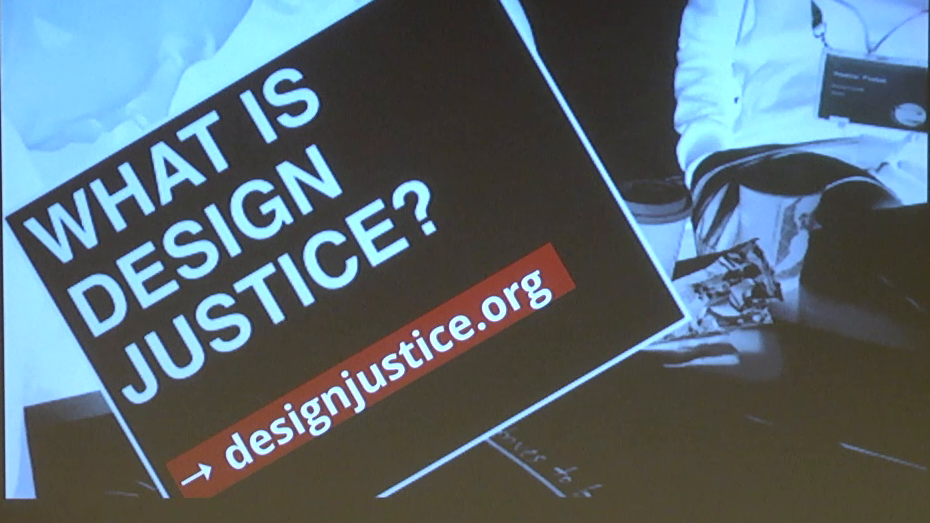
Costanza-Chock’s book, Design Justice, has expanded her mission to challenge designers to analyze and investigate how their design work perpetuates current power structures more critically. Like Indi Young, she is asking designers to consider the harm their work and research often creates and to “seize the moment.” In a 2020 interview, she commented about the pandemic as an “opportunity for people from anywhere on the political spectrum to bring forward ideas of radical transformation.” As she continued, she pointed out that designers, through their designed products and interfaces, often perpetuate existing structures—like white supremacy, patriarchy, colonialism, and other privileges—based on the lived experiences of those doing the designing. Of design justice, Costanza-Chock says, “Design justice centers a critical analysis of the matrix of domination[3] and thinks about how we can use design to constantly push back against, dismantle and undo injustice.”[4]
Since the release of Design Justice, Costanza-Chock has been hard at work evangelizing the concepts and ideas in her book through interviews, podcasts, presentations, and talks at design and research conferences as well as being sought after as a media expert by journalists. Costanza-Chock used the pandemic and the rise of Black Lives Matter and greater recognition of racial and gender inequalities as an inflection point to push back on the status quo. She challenges all of us to do better, to step back, and to ask ourselves if the work we are doing is contributing to dismantling the system of oppression.
“I think when we as design justice practitioners can create really concrete resources and grounded examples that demonstrate how this approach is really going to help us make tools and systems better for people who’ve been excluded, and that can help make the planet ecologically sustainable, we can win a lot of allies, including unexpected allies. I’m hopeful because I think there’s a lot of younger people who care about all this stuff and are searching for ways to bring it into the different types of work that they do. It’s an important moment and there’s a lot of interest, so people should get involved.”
[5]
Footnotes
[1]. Sasha Costanza-Chock, Design Justice 101 with Sasha Costanza-Chock, interview by Dylan Doyle-Burke and Jessie Smith, The Radical AI Podcast, November 2021, https://www.radicalai.org/design-justice.
[2]. Sasha Costanza-Chock, “Design Justice, A.I., and Escape from the Matrix of Domination,” Journal of Design and Science 3.5 (July 16, 2018), https://doi.org/10.21428/96c8d426.
[3]. The term “matrix of domination” was coined by sociologist Patricia Hill Collins, to encompass white supremacy, heteropatriarchy, capitalism, ableism, settler colonialism and other forms of structural inequality in her book Black Feminist Thought, published in 1990 by Hyman press.
[4]. Rima Sabina Aouf, “Pandemic Is an Important Moment to Practice Design Justice Says Sasha Costanza-Chock,” Dezeen, April 6, 2020, https://www.dezeen.com/2020/04/06/sasha-costanza-chock-design-justice/#.
[5]. Ibid https://designjustice.mitpress.mit.edu/
Bibliography
Aouf , Rima Sabina . “Pandemic Is an Important Moment to Practise Design Justice Says Sasha Costanza-Chock.” Dezeen, April 6, 2020. https://www.dezeen.com/2020/04/06/sasha-costanza-chock-design-justice/#.
Callahan, Vicki . “Interview with Sasha Costanza-Chock | NAMAC.” web.archive.org, December 29, 2011. https://web.archive.org/web/20111229030217/http://www.namac.org/node/25571.
Costanza-Chock, Sasha. “CV – Sasha Costanza-Chock, Ph.D.” Sasha Costanza-Chock, Ph.D. Accessed May 27, 2022. https://www.schock.cc/?page_id=2.
———. “Design Justice.” Design Justice, March 2020. https://design-justice.pubpub.org/.
———. Design Justice 101 with Sasha Costanza-Chock. Interview by Dylan Doyle-Burke and Jessie Smith. The Radical AI Podcast, November 2021. https://www.radicalai.org/design-justice.
———. “Design Justice, A.I., and Escape from the Matrix of Domination.” Journal of Design and Science 3.5 (July 16, 2018). https://doi.org/10.21428/96c8d426.
———. Out of the Shadows, into the Streets!: Transmedia Organizing and the Immigrant Rights Movement. Direct.mit.edu. MIT Press, 2014. https://direct.mit.edu/books/book/3673/Out-of-the-Shadows-Into-the-Streets-Transmedia.
———. “Sasha Costanza-Chock.” MIT Comparative Media Studies/Writing, 2016. https://cmsw.mit.edu/profile/sasha-costanza-chock/.
Design Justice Network. “Our History.” Accessed May 27, 2022. https://designjustice.org/djnhistory.
Dizikes, Peter. “3 Questions: Sasha Costanza-Chock on New ‘#MoreThanCode’ Report.” MIT News | Massachusetts Institute of Technology, August 23, 2018. https://news.mit.edu/2018/3-questions-sasha-costanza-chock-new-morethancode-report-0824.
———. “Design, Power, and Justice.” MIT News | Massachusetts Institute of Technology, March 3, 2020. https://news.mit.edu/2020/design-justice-book-0304.
Gray, Mary L. “Just Tech: Centering Community-Driven Innovation at the Margins Episode 3 with Dr. Sasha Costanza-Chock.” Microsoft Research, April 13, 2022. https://www.microsoft.com/en-us/research/podcast/just-tech-centering-community-driven-innovation-at-the-margins-episode-3-with-dr-sasha-costanza-chock/.
Jenkins, Henry. “DIY Video 2010: Activist Media (Part Three).” Henry Jenkins, November 1, 2010. http://henryjenkins.org/2010/11/diy_video_2010_activist_media_2.html.
www.ajl.org. “Mission, Team and Story - the Algorithmic Justice League,” n.d. https://www.ajl.org/about.
Selected Stories

Sasha Costanza-ChockProject type
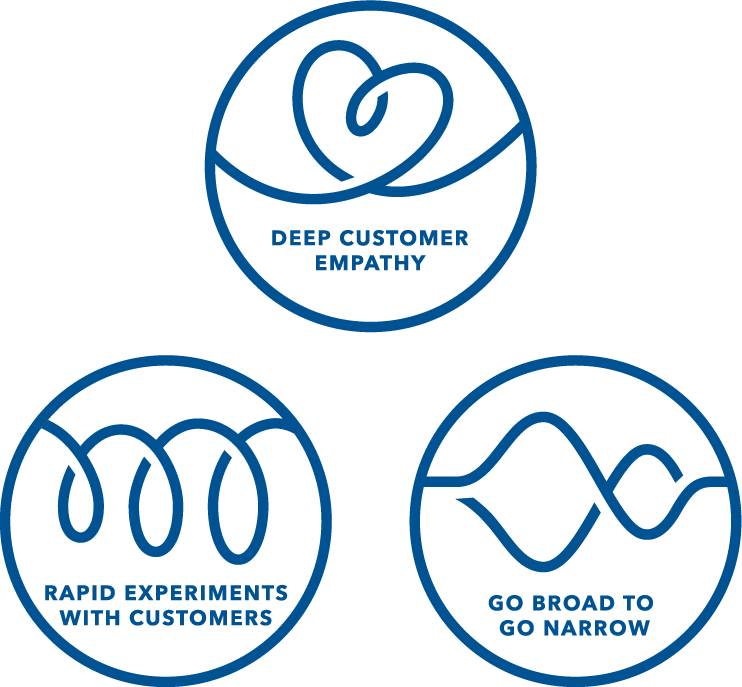
Kaaren HansonProject type
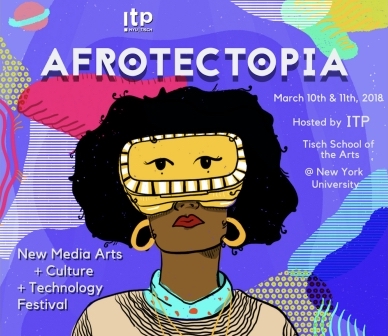
Ari MelencianoProject type

Mizuko Itoresearch
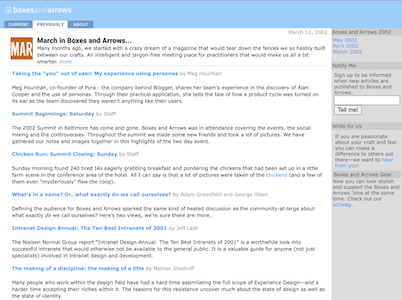
Boxes and ArrowsProject type

Mithula NaikCivic

Lili ChengProject type

Ovetta SampsonProject type
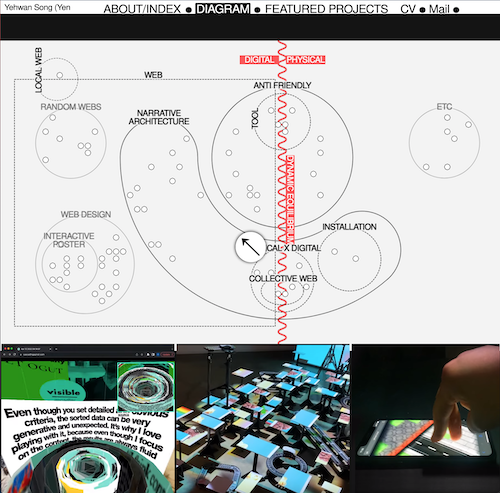
Yehwan SongProject type

Anicia PetersProject type

Simona MaschiProject type

Jennifer BoveProject type
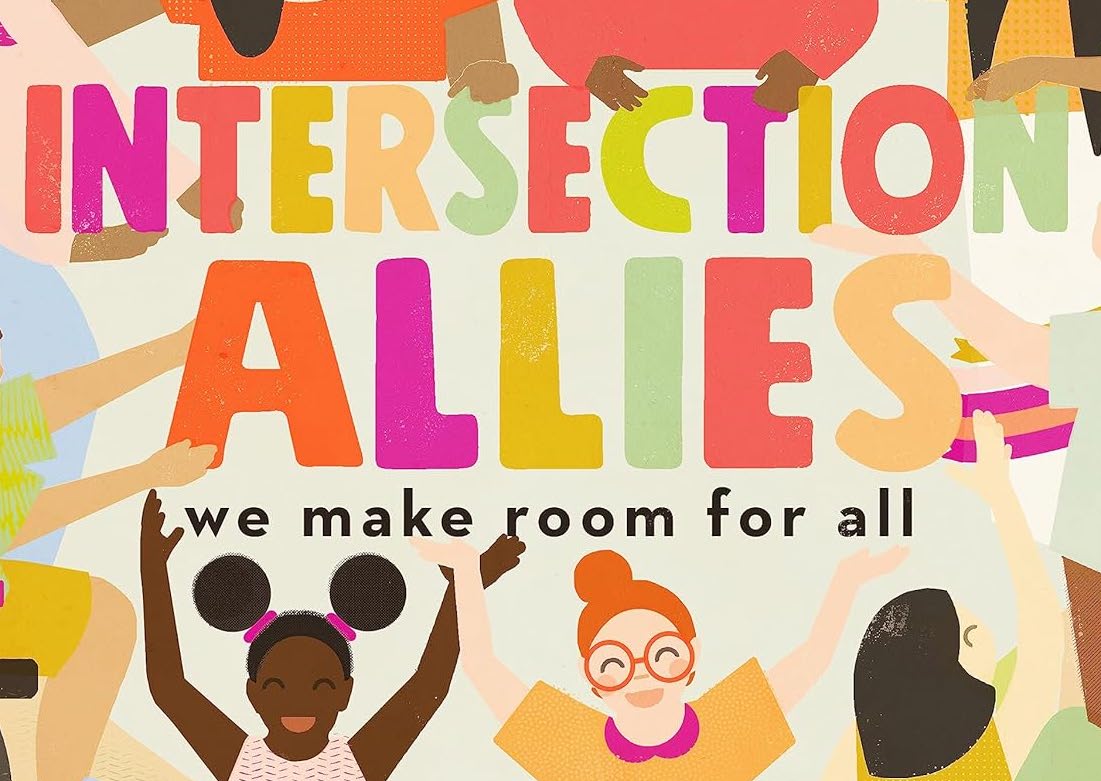
Chelsea JohnsonProject type
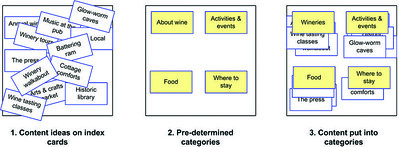
Donna SpencerProject type

Lisa WelchmanProject type
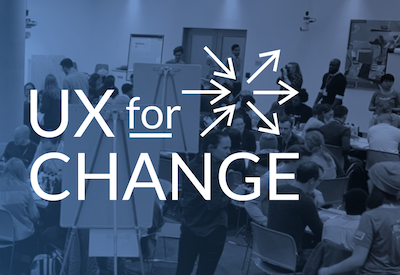
Sandra GonzālesProject type

Amelie LamontProject type

Mitzi OkouProject type

The Failings of the AIGAProject type
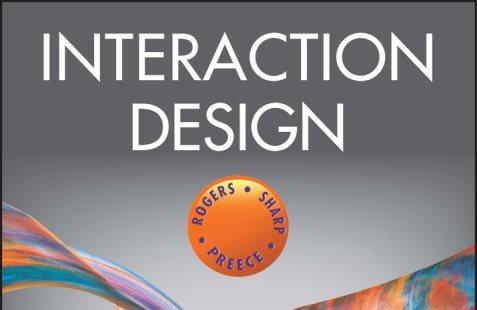
Jenny Preece, Yvonne Rogers, & Helen SharpProject type

Colleen BushellProject type

Aliza Sherman & WebgrrrlsProject type

Cathy PearlProject type
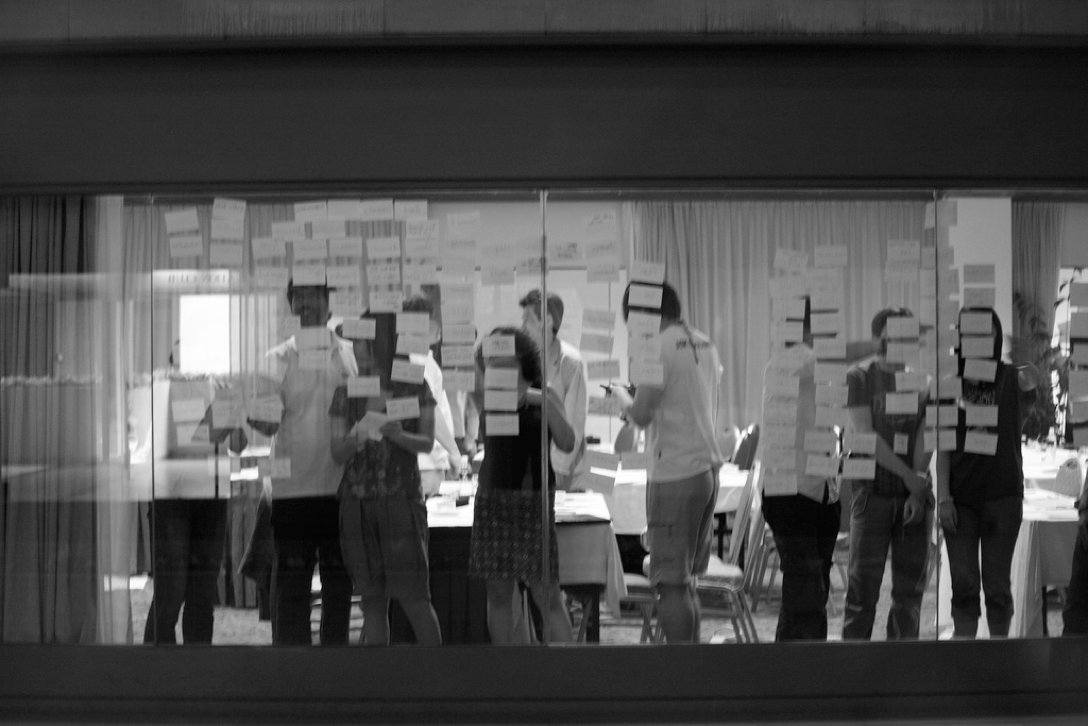
Karen HoltzblattProject type

Sabrina DorsainvilProject type
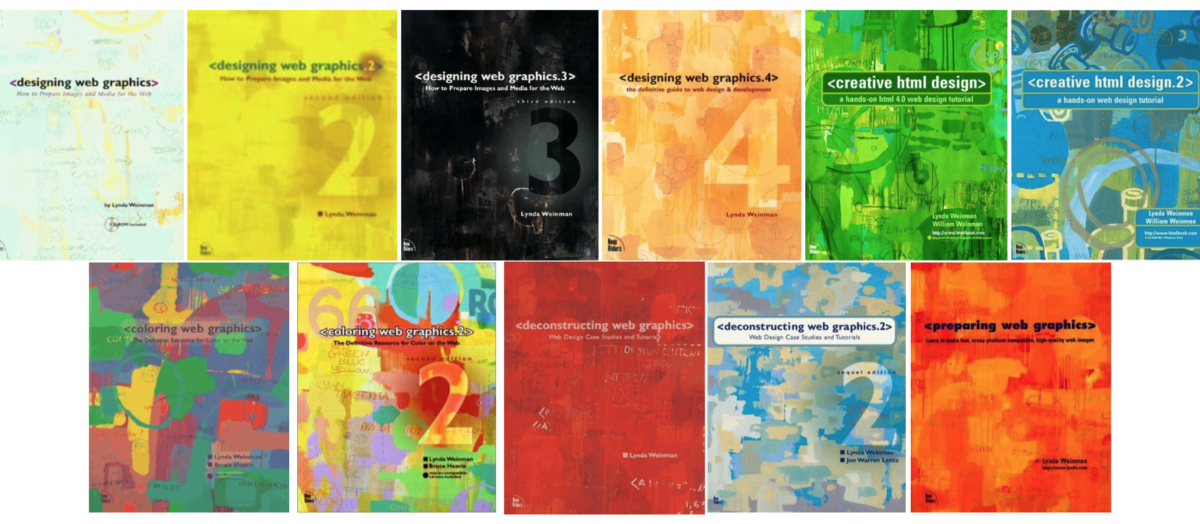
Lynda WeinmanProject type

Irina BlokProject type
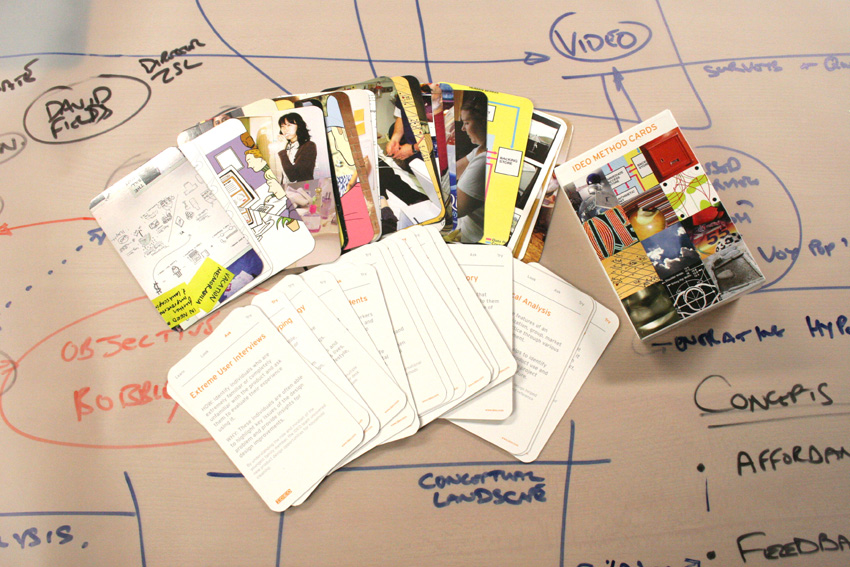
Jane Fulton SuriProject type

Carolina Cruz-NeiraProject type
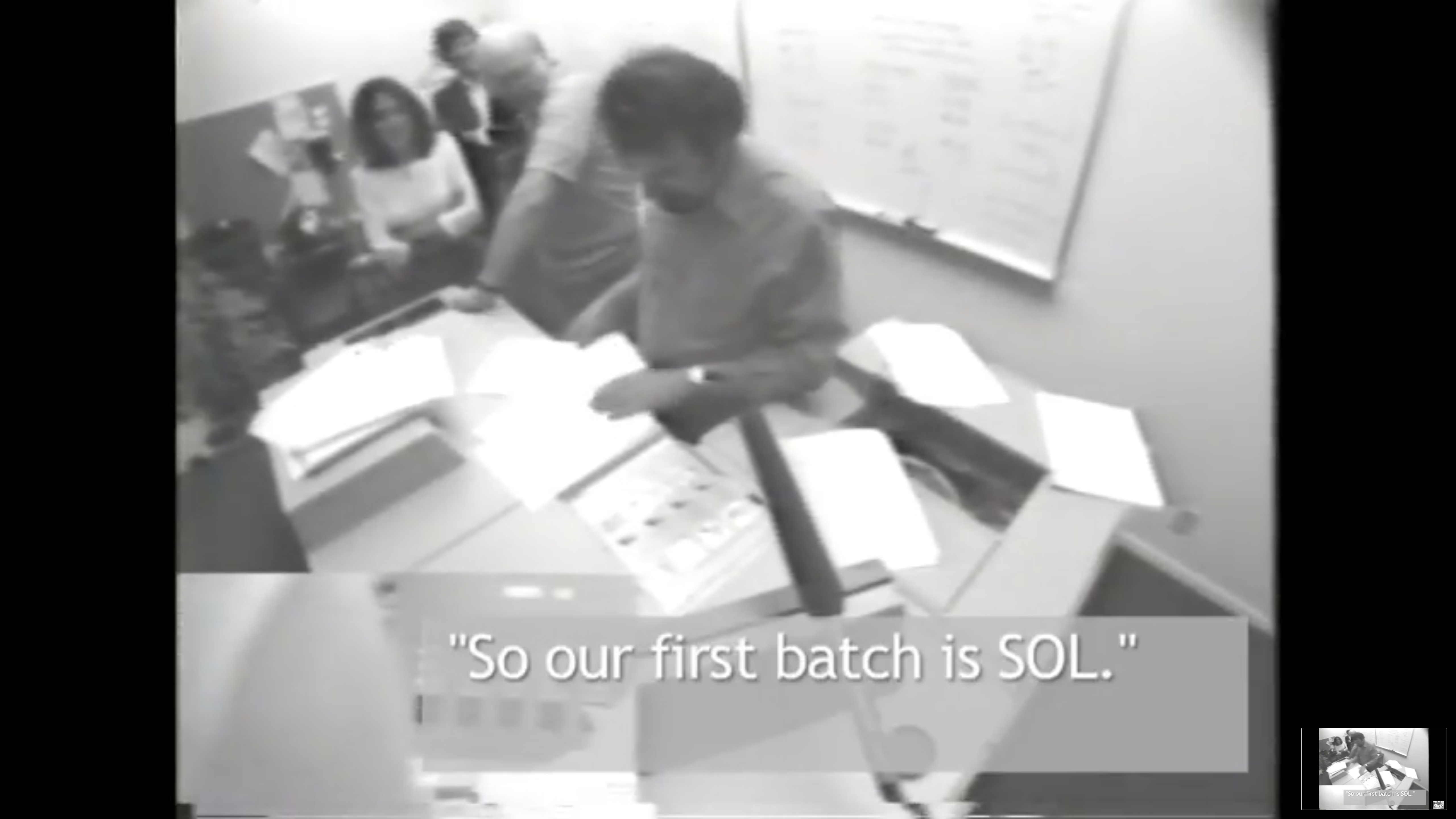
Lucy SuchmanProject type
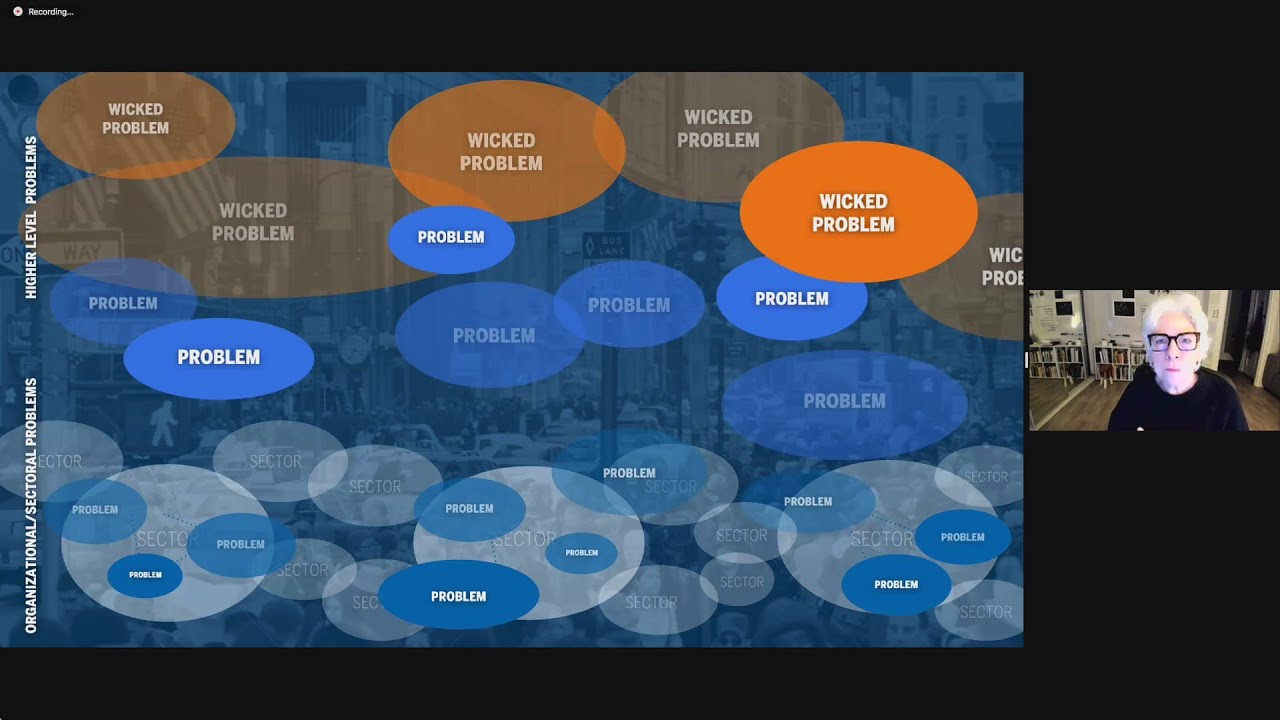
Terry IrwinProject type
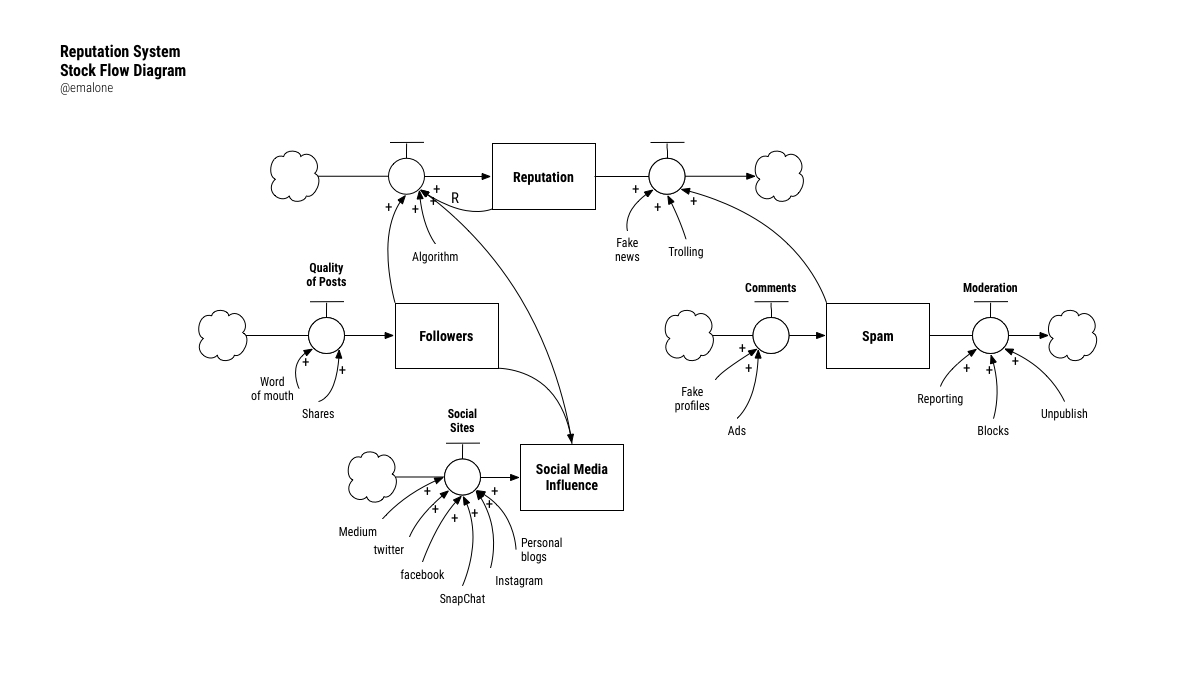
Donella MeadowsProject type

Maureen StoneProject type

Ray EamesProject type
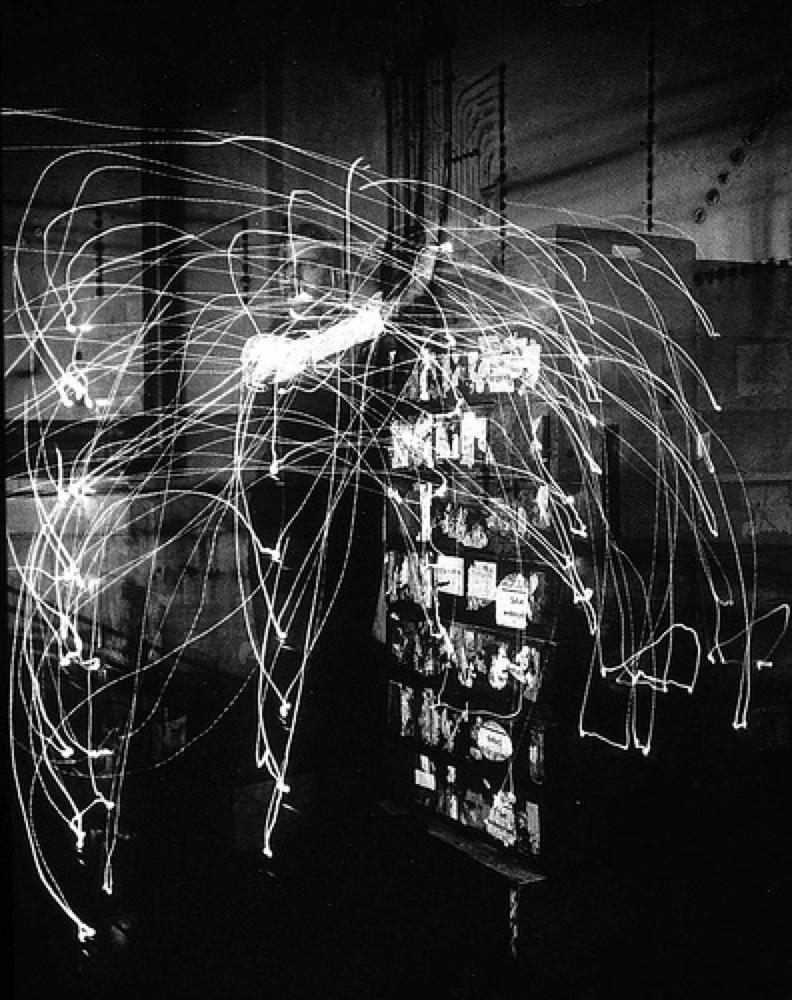
Lillian GilbrethProject type

Mabel AddisProject type

Ángela Ruiz RoblesDesigner

